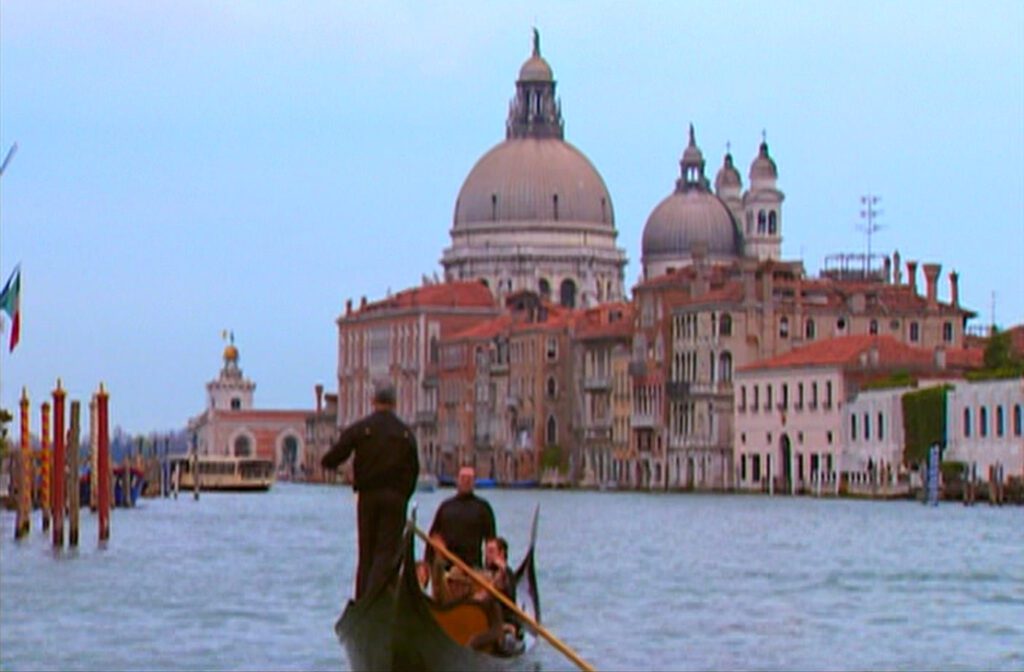
Italian for Beginners
2000, directed by Lone Scherfig
Italian for Beginners is the twelfth film to receive a Dogme 95 certificate for adhering to a so-called “vow of chastity” devised by Lars von Trier and Thomas Vinterberg, a set of rules designed to strip filmmaking of the costly refinements of modern production and restore the primacy of its fundamental elements: story, character, and creative inspiration. Dogme films were required to avoid tripods, filters, special props, elaborate lighting, and other non-essential production equipment.
The ideal of returning film to its basic virtues implies, whether consciously or not, some original idea of what it means to be a movie – and although narrative filmmaking pre-dates Hollywood, it is not unfair to say that Hollywood gave us in the 1920s and 1930s the most fully developed model for what people around the globe consider a “movie”. Although the early Hollywood talkies were industrial studio productions, it is not hard to see how Italian for Beginners returns to Hollywood’s prototype of a character-based story with an uplifting lesson on life. Furthermore, its structure reveals close parallels to one of the pinnacles of 1930s Hollywood filmmaking.
Italian for Beginners is built around six main characters, three men and three women who are destined to form three couples. The differentiation between these characters supplies the movie’s structure, as much as if the movie itself were divided into three parts. Whenever we find triads like these, history teaches us to watch for similarities to Dorothy’s three companions in The Wizard of Oz – the Scarecrow, Tin Man, and Lion – whose weaknesses, or rather latent strengths – intellect, heart, and courage – represent three elemental attributes of a complete human being.
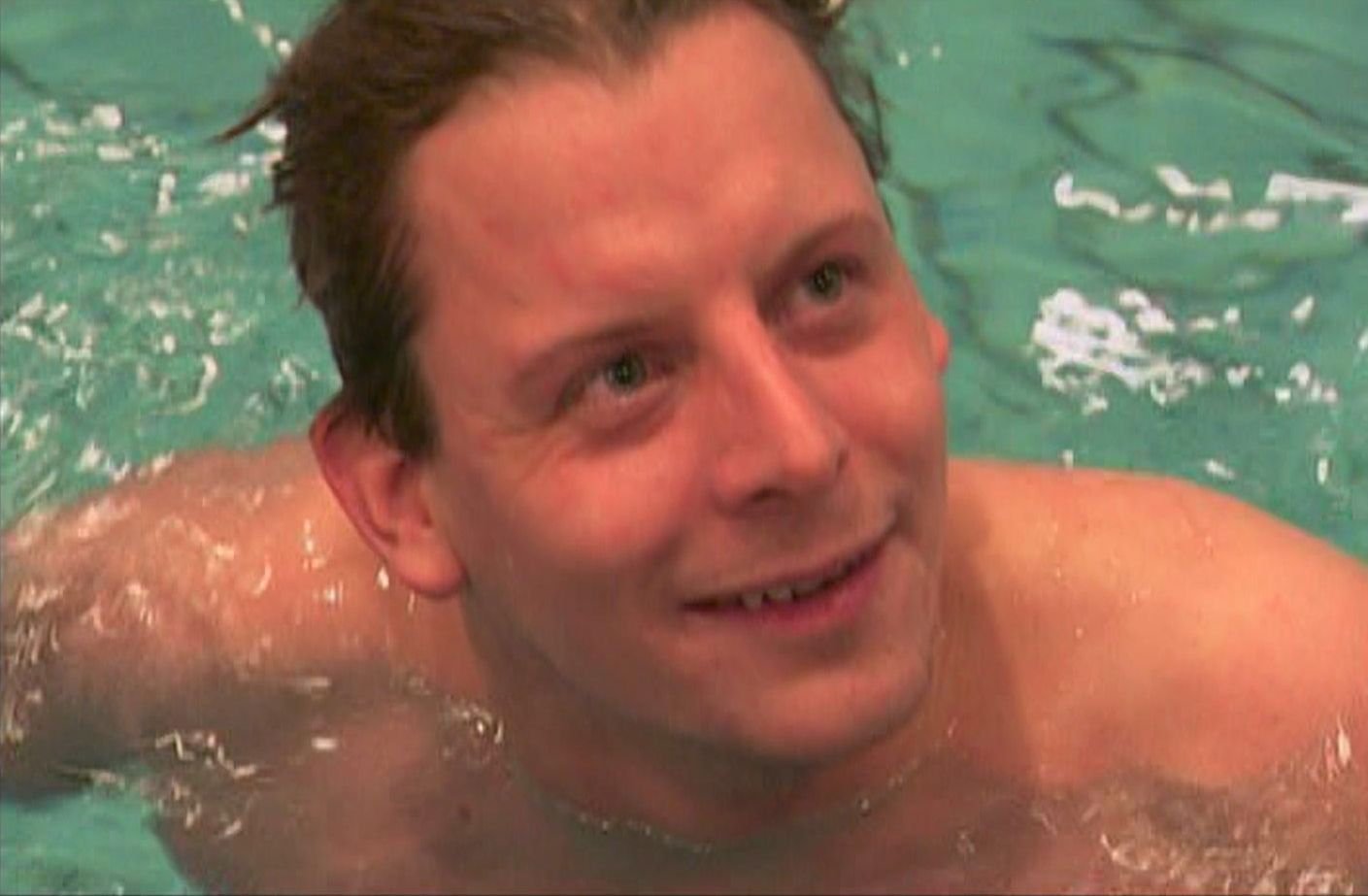



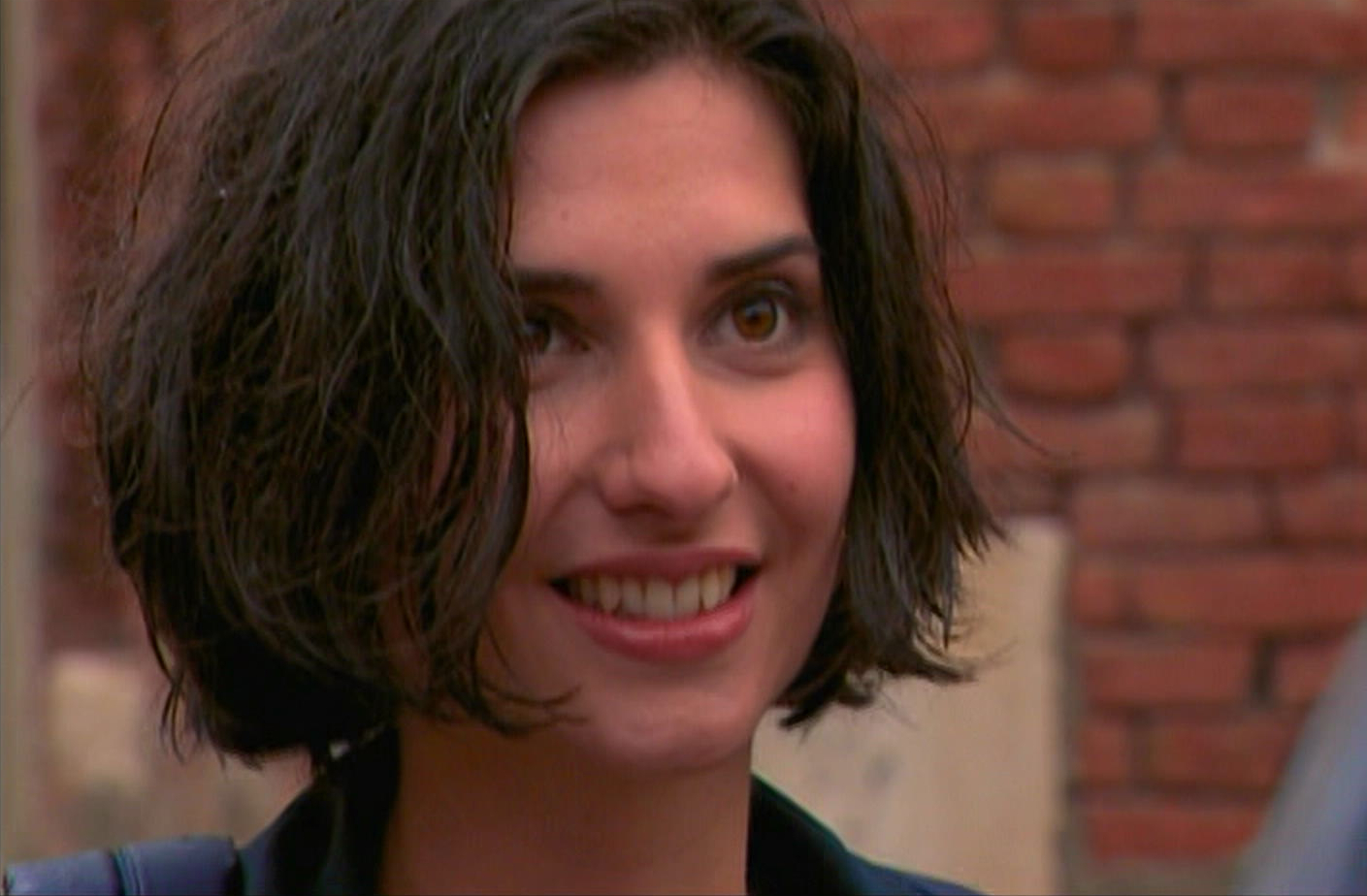
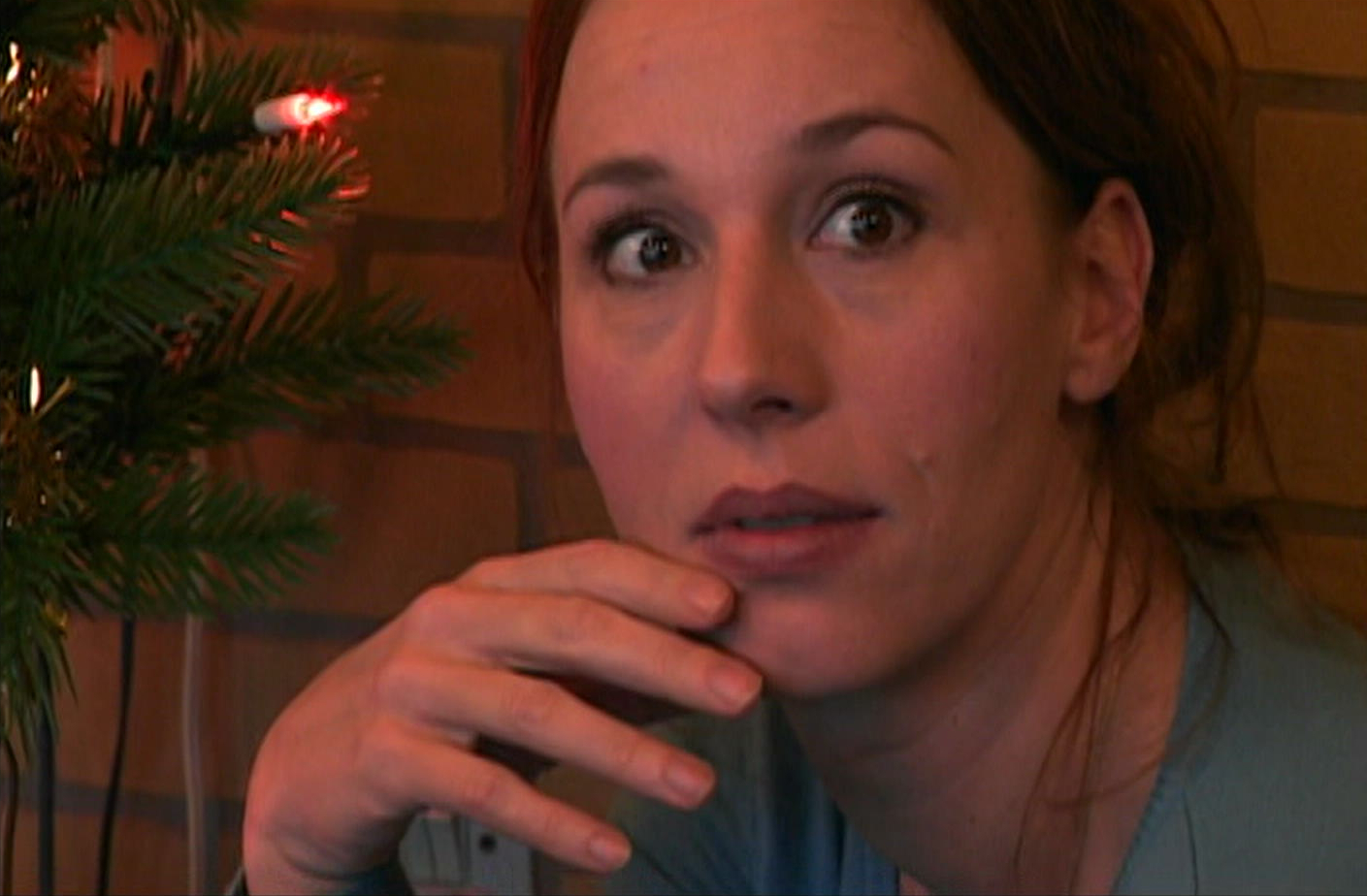
The three men in Italian for Beginners fit the same template. Andreas, the newly appointed preacher, is a brilliant religious thinker and a kind man, yet he lacks the courage to preach effectively or to stand up to the cranky minister he’s replacing. Halvfinn, the rude restaurant manager, is a clever communicator and excellent at languages, with such an abundance of courage that he doesn’t hesitate to insult two giant men for putting their feet on a chair, yet he lacks the heart to treat people with basic consideration. Jørgen Mortenson, the hotel receptionist, is kind to all and courageous enough to admit his most embarrassing faults openly, but he’s terrible at languages, and he admits he’s “not really good at anything”.
Their three partners’ insecurities also correspond to mind, heart, and courage. Olympia, who works in a pastry shop, is hopelessly inept; Karen, the hairdresser, is tormented by responsibility for her sick mother and for giving her a fatal dose of morphine; and Giulia, the kitchen maid, feels she looks too young and immature for Jørgen. Their names also form a pattern – whereas Jørgen, Halvfinn, and Andreas all have distinctly Nordic names, the women’s names point to the Mediterranean countries of southern Europe: Karen’s real name is Carmen (Spain), Giulia is Italian, and Olympia is a Greek name.
Rounding out the Italian class are three slightly older women: the nurse Lise, the sexton Beate, and the council worker Kirsten. Their personal comportments, plus their respective employment in science, religion, and government, loosely personify the three attributes of Dorothy’s companions.
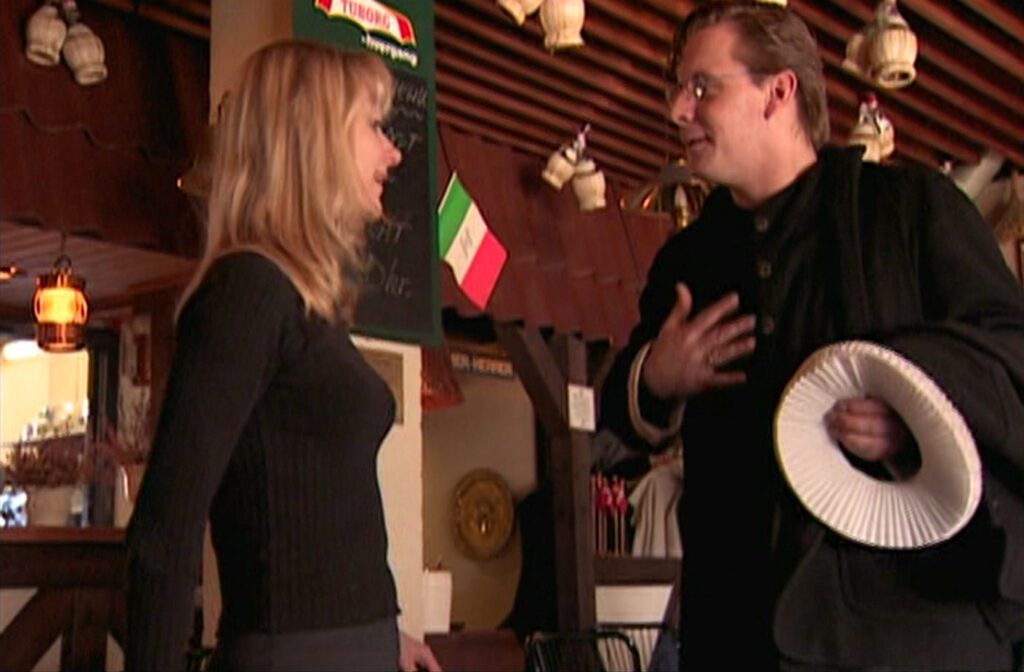
There is one other major parallel to The Wizard of Oz. Like Dorothy, most of the lead characters in Italian for Beginners are either orphaned or have suffered grievous personal loss. Halvfinn grew up in an orphanage and has just been fired. Andreas has recently lost his wife, like Pastor Wredmann four years earlier. Karen and Olympia both lose their two parents in the course of the story. Jørgen says he has “no relatives anymore”. Giulia is living in a foreign country and has just quit her job. The church has recently lost its pastor and organist, and the Italian class has lost its teacher. Everyone, in one sense or another, has been left alone in the world.
All these parallels and patterns coalesce into a purpose only at the end when the significance of Italy emerges. The Wizard of Oz ends when Dorothy learns that “There’s no place like home”, but in Italian for Beginners happiness is found in an exotic, colorful land far from home for everyone except Giulia. However the two movies’ lessons are not so far apart, because Italy represents here the same thing that home represents for Dorothy. The first shots of Venice give it away when the nine classmates line up for a group photo on the quay of the Doge’s Palace. (The blurry and cockeyed photo is a self-deprecating allusion to the movie’s own unpolished but loving character portrait.) The scene is surprising, not only for the sudden leap from the prosaic Danish classroom to picturesque Venice, but also for being the first harmonious union of all the main characters. In this movie, Italy represents togetherness.
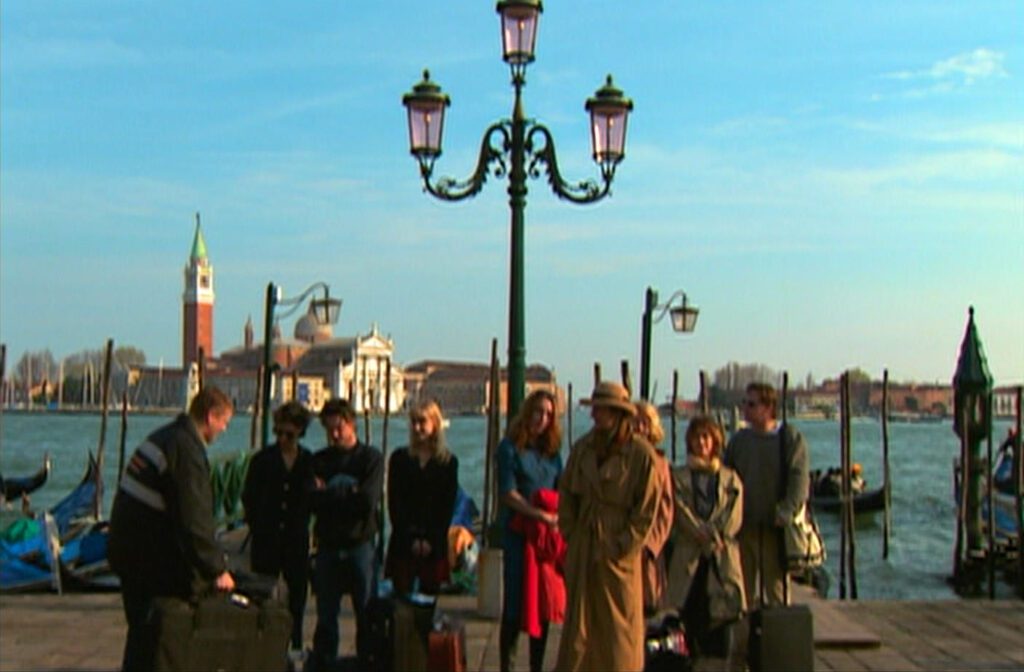
Like learning a language, togetherness is a skill – so Italian for Beginners really means “togetherness for beginners”. Having recently lost some of their oldest relationships, mostly inherited at birth, it is high time for the characters to reach out like adults and make their own connections. The Italian class brings them together, but only gradually. In the sparsely populated auditorium the students sit in small clusters removed from each other, women on one side and men on the other. Only right before the trip to Venice are all nine members finally enrolled in the class.
The Italian classroom has a structural counterpart in another gathering place – the Lutheran church where Andreas is the provisional pastor. In Western tradition the church should be the primary site for forging togetherness, at least on a scale beyond the intimacy of home. However this church has been inadequate. The bitter old pastor had used his pulpit to sow discord, and Andreas is finding it hard to restore harmony. In Venice, when Giulia hears Jørgen’s marriage proposal, she excuses herself to run to a church to decide. Venice is full of churches, but once she turns the corner she finds a church unnecessary – it’s sufficient to be in Italy, and she scurries back to accept Jørgen’s hand.
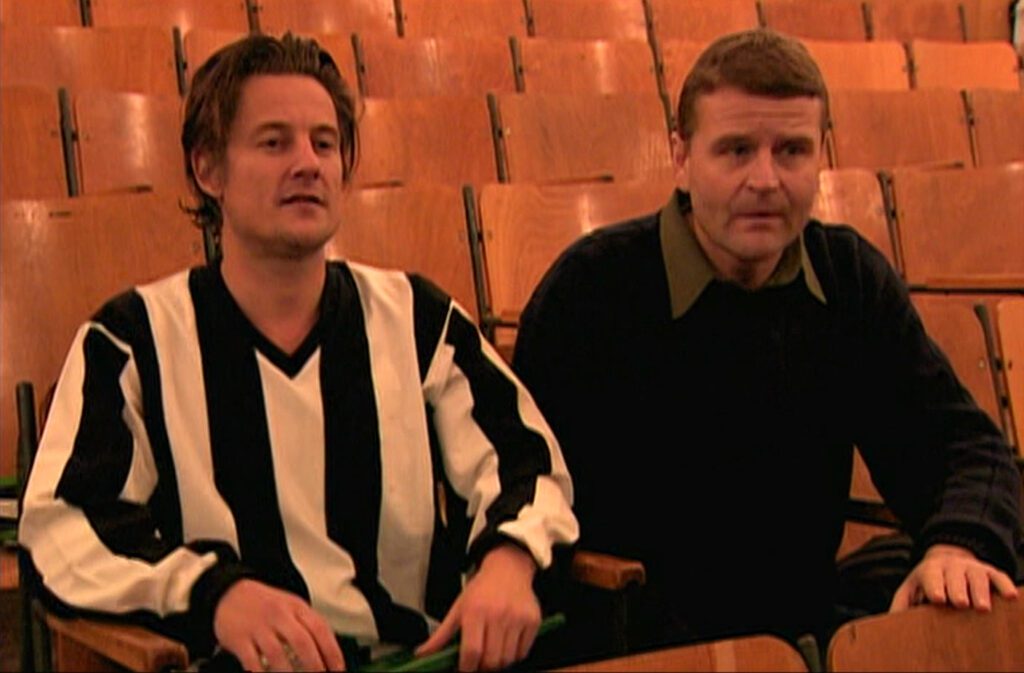
Although Italy itself in this movie replaces religion’s power to bind people together, Italian for Beginners is not being irreverent. Whenever Giulia prays for Jørgen to come to her, or when Jørgen asks Andreas to pray for his impotence, their prayers are always answered, sometimes immediately. The movie may be critical of religion as a would-be substitute for divinity, but when religion fills its proper role in joining people together it achieves wonders. After the Christmas mass, all three male characters begin to transcend their handicaps. Andreas summons the courage to confront Pastor Wredmann; Halvfinn feels guilty for speaking ill of Karen’s mother; and Jørgen begins to understand that Giulia is attracted to him.
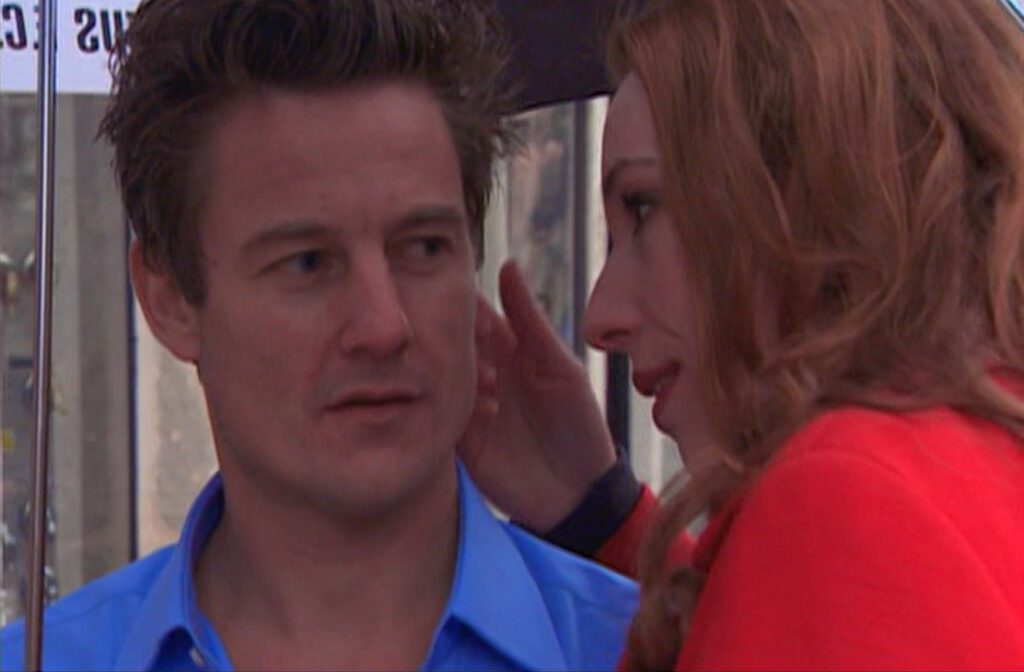
Togetherness proves to be the answer to everyone’s problems. Olympia might always be clumsy, but by connecting with Andreas she realizes she’s an excellent singer, and she no longer needs to feel so ashamed. Because of Giulia, Jørgen finds his potency returning. Halvfinn becomes more and more sympathetic as his relationship with Karen develops, and the haircut he finally gets after four aborted attempts is a metaphor for his new vision, as if the hair over his eyes had actually interfered with seeing the people around him. As the characters find their right places among each other, the movie itself arrives at a more stable point of view as the editing becomes more fluid. The lesson on togetherness is old-fashioned, but it never wears out; in fact it becomes more and more relevant. During the Great Depression togetherness was the norm of social and family life, worth celebrating when it’s rediscovered as it is at the end of The Wizard of Oz; but Italian for Beginners speaks to an age when togetherness is no longer so universal, making its rediscovery that much more miraculous.
CONNECTIONS:
The Wizard of Oz – Trio of characters who lack brains, heart, courage; orphans; home/togetherness
Dead of Night – Story about the value and benefits of togetherness